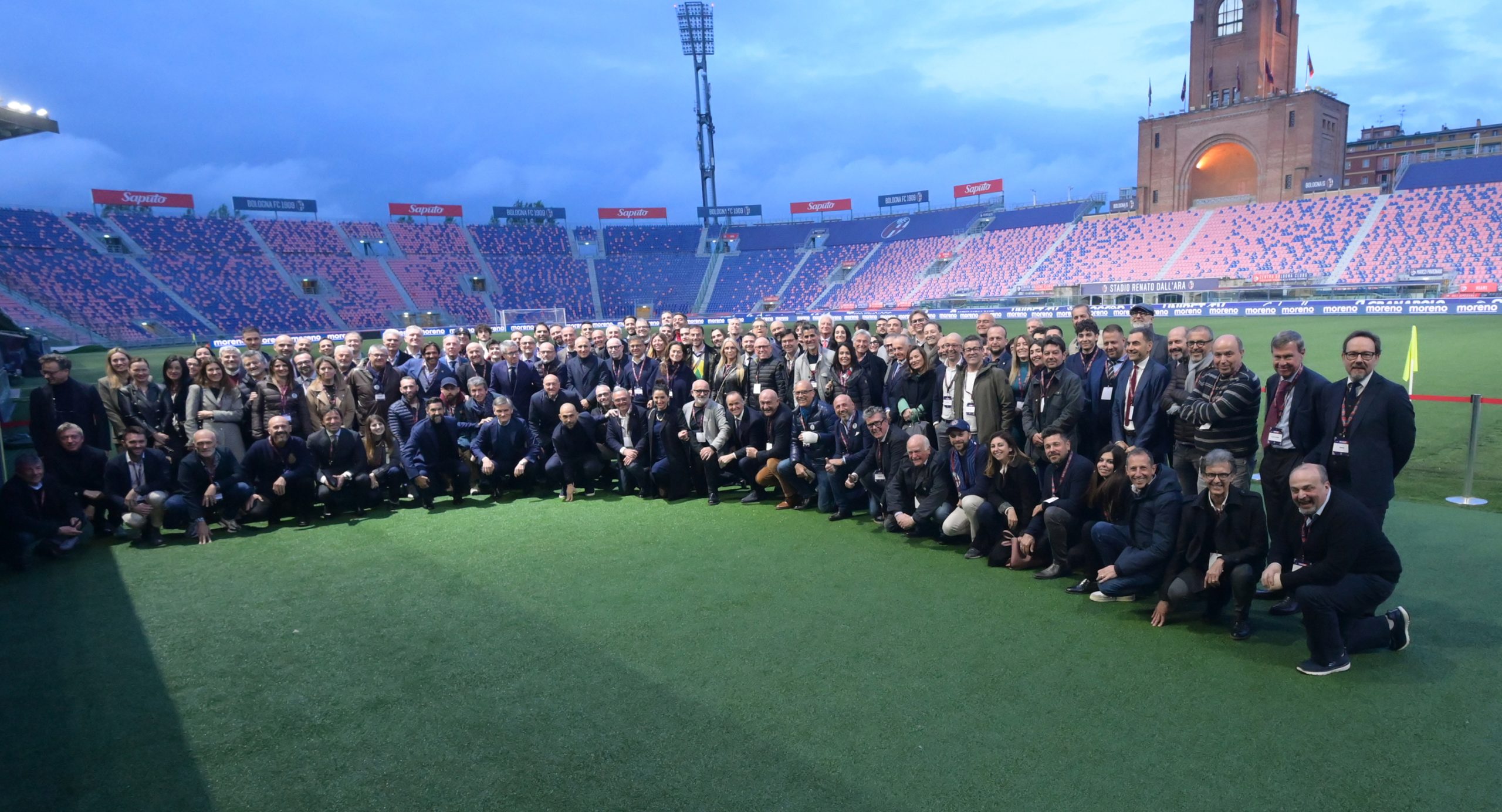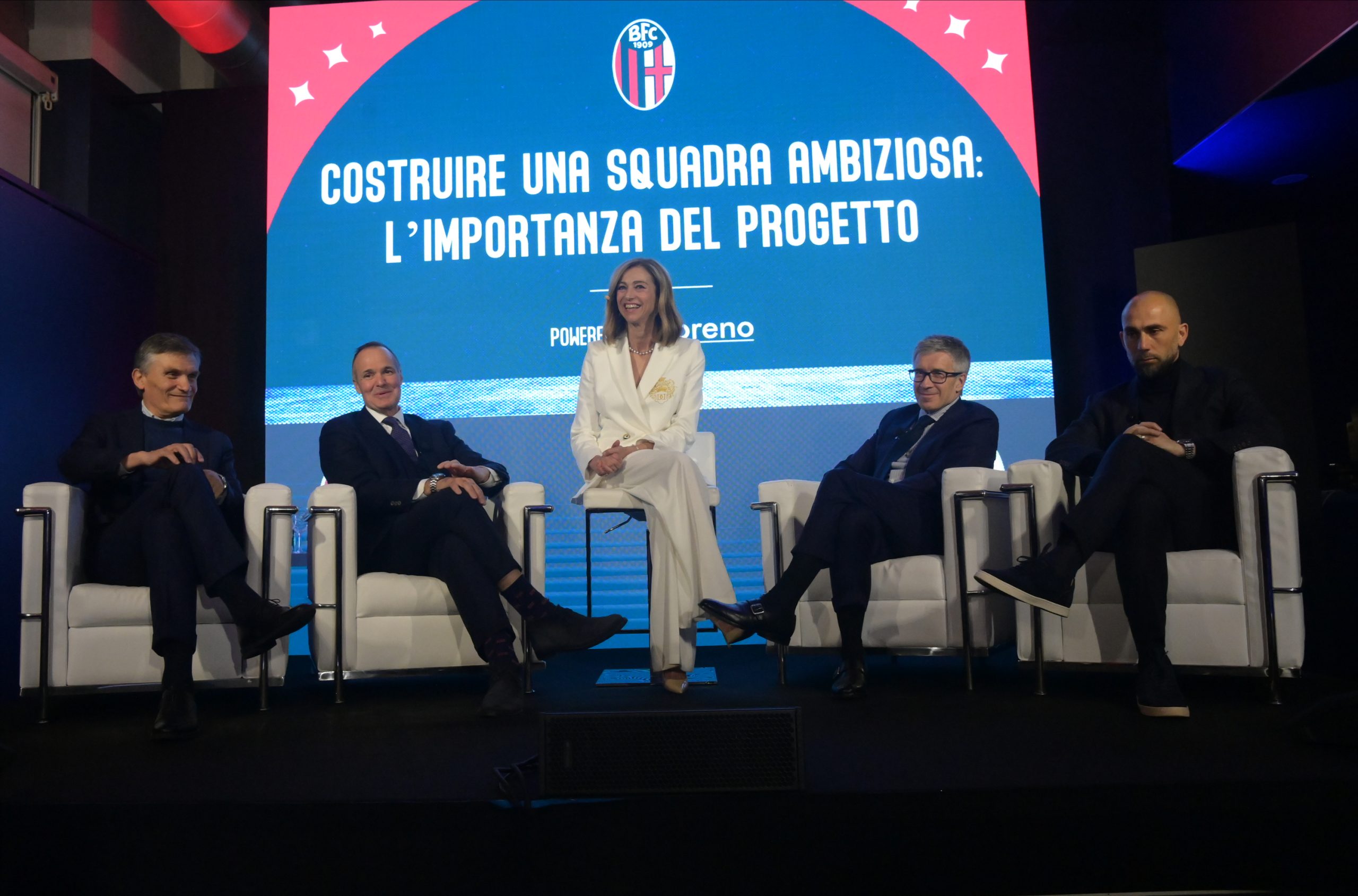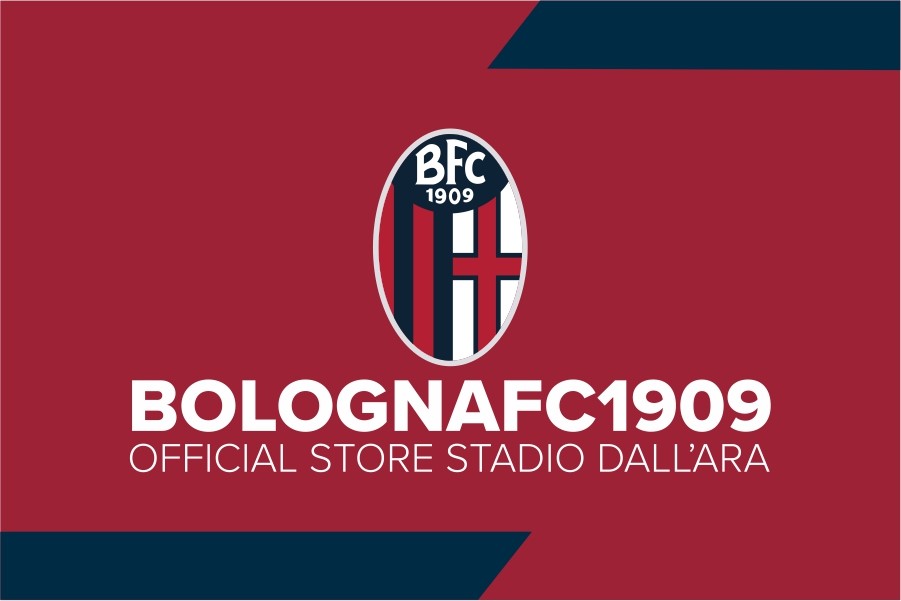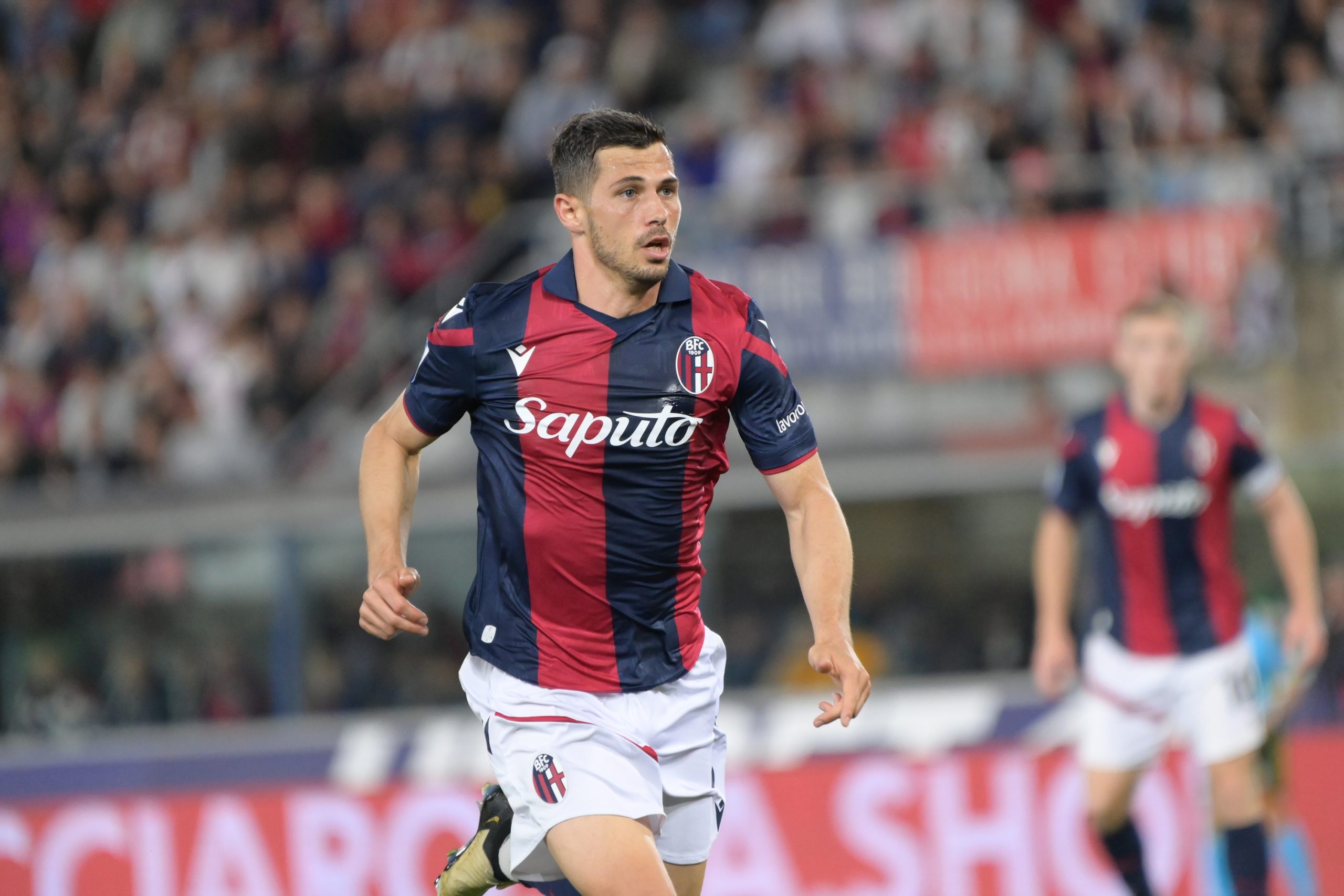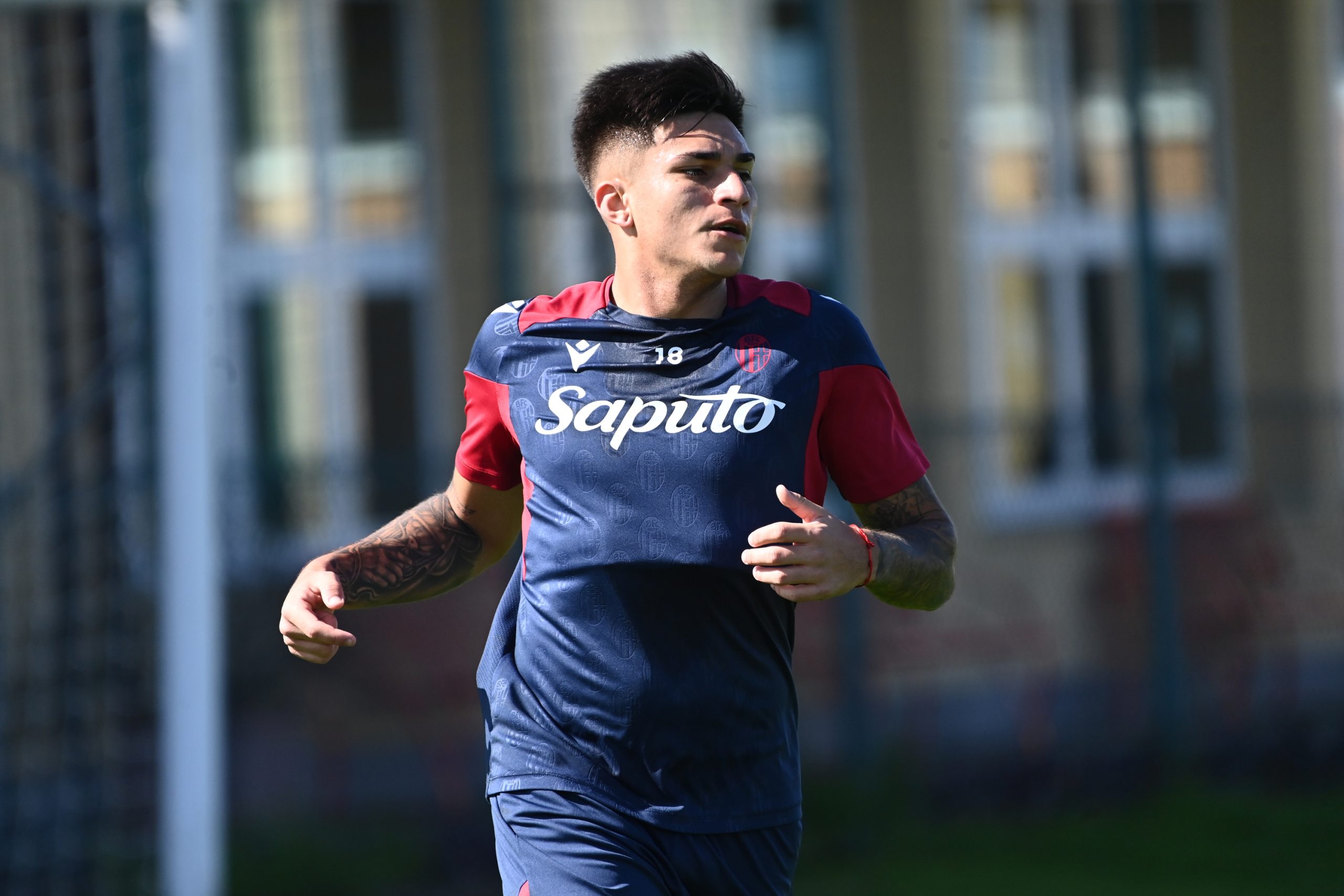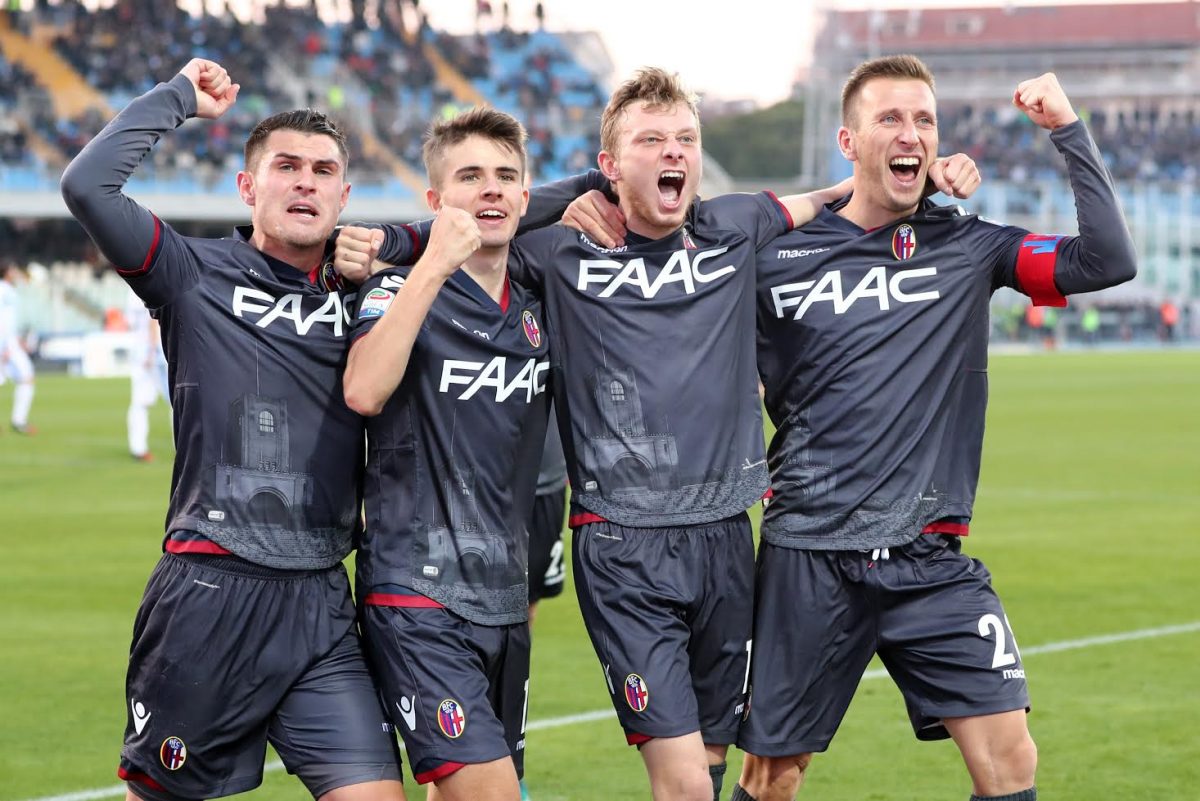Bologna to wear third shirt on Saturday to mark 90 years since the stadium’s opening
For the final match of the season #BFCJuventus, Bologna will celebrate 90 years since the opening of the stadium by wearing the third kit which has the iconic Maratona Tower on it.
The stadium’s name leaves little doubt as to the political motivation behind the building (“Littoriale” was synonymous with Mussolini’s government propaganda) which, appropriately enough, was sponsored by Leandro Arpinati, FIGC president and fascist mayor of Bologna. The construction of a large arena in Bologna was one of Arpinati’s major ambitions and his dream was realised between 1925 and the 29th May 1927 when the “Littoriale” opened and became the first stadium in Italy to be funded by a public body. This coincided with a real turning point in the popularity of football as a spectator sport.
Until the 1920s, even the largest sports stadiums did not easily accommodate football matches and the spectators who wanted to watch them. From 1911, Genoa was one of the few cities to possess a dedicated football stadium; in 1924, the Stadio Moretti was opened in Udine; and 1926 saw the construction of the Stadio Filadelfia in Turin and the San Siro in Milan (at that point used only by AC Milan). All of these stadia were intended only for football, as was the Stadio Testaccio which opened in Rome in 1929. Bologna’s Stadio Littoriale, on the other hand, was a multi-sport venue in keeping with fascist government policy. The pitch was surrounded by a six-lane running track and the stadium itself was surrounded by two swimming pools and four tennis courts making it a veritable sporting metropolis.
Furthermore, built on the edge of the city, the stadium’s architecture was a long way from the excessive monumentality of typical fascist buildings although it did still draw inspiration from Ancient Rome. Several subsequent stadia – many were built during this period – were inspired by the Littoriale’s architectural style and multi-sport model. Among these were the Arena Garibaldi in Pisa; the Stadio Berta in Florence; the Stadio Favorita in Palermo; the Stadio Littorio in Trieste; the Stadio Mussolini in Turin; the Stadio Cimbali in Catania; the Stadio Via Vesuvio in Naples and the Stadio Menti in Vicenza which was one of the most advanced buildings of the era. In Bologna, King Victor Emmanuel III of Italy visited to celebrate the laying of the first foundation stone of the Littoriale whilst Mussolini came to town on a white horse on the 31st October 1926. That image was immortalised in a statue dedicated to the dictator that stood between 1927 and 1943 in the apse that overlooked the stands. The walls were built from typically red Bologna brick and the arched windows helped make it an attractive building. A final peculiarity was added, in addition to the stadium being connected with the world’s longest portico (the portico di San Luca), by the construction of the Maratona Tower in the sector facing the main stand.
The Stadio Littoriale had state-of-the-art capabilities: the 50,100 capacity was enough to frighten opponents who found themselves playing both Bologna the team and Bologna the crowd. There was a capacity crowd at the first official match at the new stadium. On the 29th May 1927, a crowd of 55,000 witnessed Italy’s 2-0 win over Spain with one goal from home-town captain Della Valle. This was a record for the 1920s. Fulvio Bernardini was playing for Italy at the time and remembers how, during the match, Bologna was in complete lockdown and seemed to be the scene of a great national festival. Cars came from all over the country, people from all parts poured out of trains at the station and the local bars, restaurants and hotels were all full to the brim. The success of the occasion helped the stadium get chosen as one of the host grounds for the 1934 World Cup which Italy went on to win.

